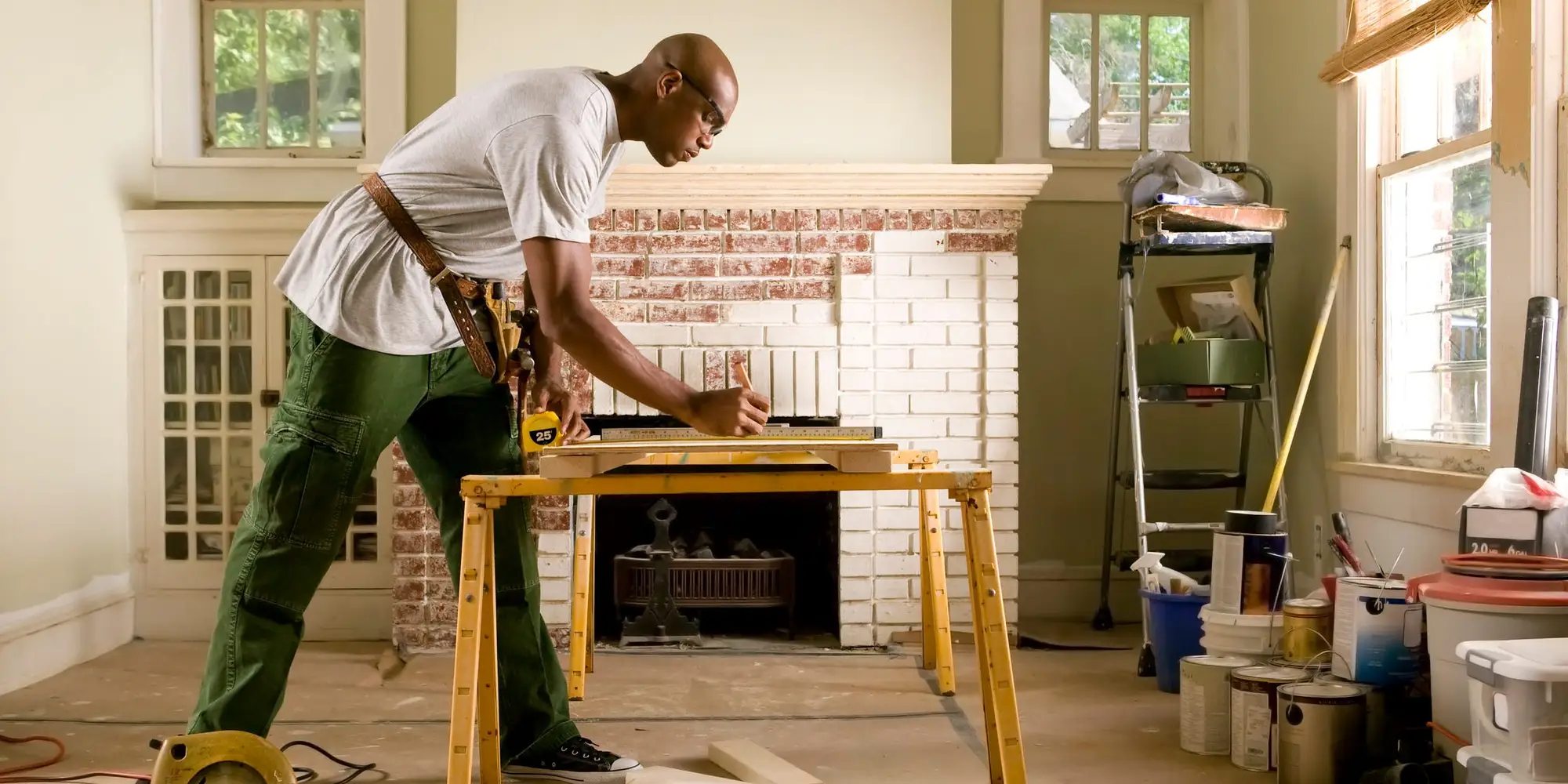Keeping your home’s exterior in top condition requires a seasonal eye—whether it’s scorching sun, heavy rain, or winter chill, each season brings its own challenges to your roof, siding, gutters, and more. A well-maintained exterior keeps your home safe, efficient, and beautiful year-round. That’s why it’s essential to conduct a seasonal inspection checklist—and it all starts with residential roof construction
Why Seasonal Roof Checks Matter
Your roof is your home’s frontline defense against the elements—wind, rain, snow, heat, and even UV radiation. Over time, wear and tear can lead to leaks, structural damage, and energy inefficiency. By inspecting your roof and other exteriors each season, you catch issues early, avoid costly repairs and ensure the integrity of your home.
Spring: After the Storms Clear
- Roof and Shingles
Check for missing, cracked, or loose shingles after winter storms. These can become gateways for water damage or mold. - Gutters and Downspouts
Clear debris—leaves, twigs, pine needles—that may have accumulated. Make sure water flows freely away from the foundation. - Ventilation and Attic
Inspect for signs of leaks or dampness in the attic. Good ventilation helps prevent mold and keeps your HVAC working efficiently. - Exterior Paint and Trim
Flaking or cracked paint can expose wood to moisture. Repair any minor damage to protect siding and maintain aesthetics.
Before Hurricanes: Storm Season Prep
For homeowners in hurricane-prone regions, a proactive inspection before storm season can make all the difference. High winds and heavy rains test every part of your home exterior, and small weaknesses can quickly turn into big problems. Start by checking your roof for loose or missing shingles, making sure flashing and sealants around vents, skylights, and chimneys are tight. Clear gutters and downspouts so heavy rainfall drains properly instead of pooling. Trim trees and remove loose items from your yard that could become dangerous projectiles. It’s also wise to secure or reinforce garage doors, as they’re one of the most vulnerable entry points during a storm. Scheduling a professional inspection ahead of hurricane season ensures your roof and home exterior are fortified to handle whatever nature throws your way.
Summer: Sun and Heat Challenges
- Roof Flashing and Sealants
Heat and UV rays can weaken flashing around chimneys, vents, and skylights—check for cracks or gaps that need sealing. - Soffits and Fascia
Inspect these for signs of rot or insect damage—common in Florida climates—and reinforce or repaint where needed. - Vent Covers and Chimney Caps
Ensure covers are secure and rust-free. These protect against animals, debris, and precipitation. - Exterior Walls and Windows
Look for cracks in walls or caulking around windows and doors—those areas can allow water intrusion and cause mold.
Fall: Pre-Winter Prep
- Tree Branches and Vegetation
Trim branches that hang over your roof—they can drop leaves, cause damage, or even break during storms. - Gutter Stability and Drainage
Ensure gutters and downspouts are still firmly attached and directing water away properly—especially important when leaves begin to fall. - Roof Structure and Underlayment
Look for sagging spots or soft areas when walking the roof or viewing from inside the attic. - Seal Exterior Gaps
Caulk or weather-strip gaps around doors, windows, and vents to keep cold out and heating costs down.
Winter: Weatherproofing While Staying Warm
- Snow and Ice Buildup (in applicable regions)
If ice dams form, they can lift shingles and force water underneath. Use a safe roof rake or call in professionals. - Attic Insulation and Ventilation
Ensure your attic is properly insulated and ventilated to prevent condensation and ice damage. - Exterior Drainage
Make sure paths and driveways remain clear for water to flow away—ice or plugged drainage can cause pooling and foundation damage. - Roof Structure Under Stress
Watch for sagging or joints under pressure, especially if your area experiences heavy wet snow or freezing rain.
Year-Round Extras to Keep In Mind
- Inspect for Pests: In Florida, look out for signs of termites or rodents around your eaves and siding—these can quietly compromise structure.
- Check Seals on Exterior Lighting and Fixtures: Broken seals can allow water to intrude and cause electrical hazards.
- Review Hatches, Skylights, or Other Roof Penetrations: Ensure clear flashing and good sealant to avoid leaks, especially before rainy seasons.
Why Going Seasonal Helps
Staying proactive means you’re less likely to face emergency repairs. Besides preserving your home, it:
- Saves you money by avoiding costly replacements.
- Keeps energy bills lower when the home stays tight and efficient.
- Enhances your property’s value and curb appeal.
- Keeps your family safe by preventing accidents like leaks, mold, or structural failures.
How Professional Help Enhances Your Checklist
Even with your seasonal walkarounds, nothing replaces the expertise of professionals. Bringing in experienced roofers—like those at BeeGreen Roofing, with over 15 years in residential roof construction and repair—ensures thorough inspections and lasting results.
Professional crews also:
- Spot issues you may overlook—like underlayment wear, flashing gaps, or early-stage rot.
- Use high-quality materials from trusted brands (such as IKO, CertainTeed, GAF, Owens Corning) that can improve longevity and performance.
- Offer flexible financing and help coordinate with insurance—so your home is protected without breaking the bank.
Your Seasonal Home Exterior Checklist At a Glance
Spring: Inspect shingles, clear gutters, check attic for leaks
Summer: Examine flashing, inspect trim and soffits, reseal windows
Fall: Trim branches, clean gutters, seal exterior gaps
Winter: Monitor snow/ice buildup, ensure attic ventilation, maintain drainage
By committing to these detailed inspections every season—and having a reliable contractor handle the heavy lifting—you’ll keep your home in great condition year-round, protect its value, and avoid serious issues before they happen.



